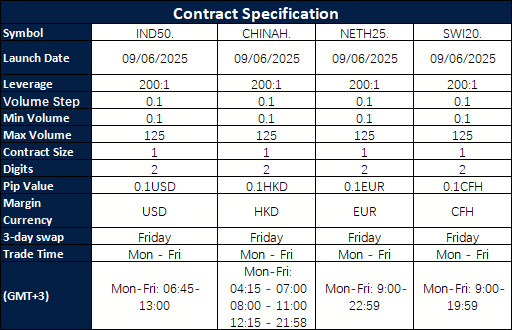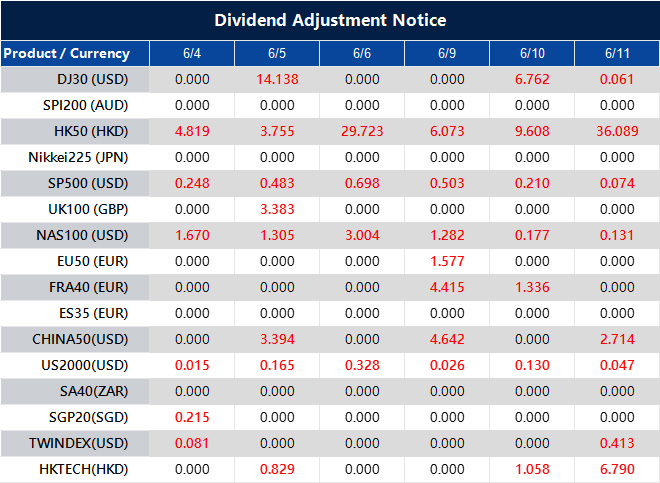In the European session, the attention is on the final services PMIs for the UK and Europe. These reports are not expected to have a major impact on market prices.
In the American session, important data includes the US ADP report, the Canadian Services PMI, and the US ISM Services PMI. Notably, the “prices paid” component in the ISM PMI is expected to draw particular interest.
Bank of Canada Policy Decision
The Bank of Canada will share its policy decision today, with rates likely staying the same. Recent inflation trends and improvements in some indicators suggest the bank may take a more neutral position. Currently, the market has priced in 43 bps of easing by year-end, but this number may decrease.
Keep an eye on tariff news, as the White House has asked countries to submit trade offers by Wednesday.
Fed’s Bostic, who leans hawkish and doesn’t vote, will speak at 12:30 GMT/08:30 ET. Later, Fed’s Cook, who is dovish and does have a vote, will speak at 17:00 GMT/13:00 ET.
Overall, market analysts are navigating a mix of mild consumer data and future central bank comments. None of these seem likely to disturb pricing in the short term. The European PMI figures, which often indicate local sentiment in service sectors, are expected to remain stable and predictable, leading to minimal adjustments from market players.
In North America, data releases suggest a similar tone—measured interest without immediate impact. Traders tend to view the ADP employment readings cautiously due to their inconsistent results, though they can still briefly affect sentiment. Canadian data should be considered alongside the forthcoming interest rate decision, which is expected to maintain current policy rates. Recent consumer price easing and rising activity indicators could allow monetary authorities to adopt a softer tone without changing rates.
Implication of ISM Prices Paid
The ISM Services PMI release is particularly intriguing, especially the “prices paid” category. This metric often signals inflation trends. If businesses report higher input costs, those expenses usually affect prices downstream soon after. A significant increase in this category could rapidly shift fixed-income pricing, especially at the front of the curve.
As for trade developments, new policy changes could disrupt the markets. With the US government asking for trade offers by mid-week, there’s potential for fragmentation across asset classes. We need to stay alert for sudden changes that could affect multinationals and commodities, especially as news can break during quieter trading hours.
Federal Reserve officials are also scheduled to speak. Bostic’s comments are not likely to influence the market much this year, given his known preference for tighter policies. Markets may listen but won’t change expectations based on his remarks alone. On the other hand, Cook, as an influential voter, can impact pricing with her commentary on the economy. If she expresses concern over inflation data or suggests delaying rate cuts, the two-year yield may increase quickly.
For those using rate markets for trading positions, the time between the services PMI and Cook’s speeches is especially critical. Option pricing may rise with increased demand for hedging, particularly if the ISM report causes volatility. Expect a preference for yield protection if prices paid show strength.
In conclusion, approach the market with caution—not hesitation, but with careful positioning. Adjust delta exposure rather than pursuing high-risk gamma plays. Be slightly quicker to respond ahead of macro speeches and watch for liquidity shifts that can impact fragile markets due to trade policy headlines.
Create your live VT Markets account and start trading now.
here to set up a live account on VT Markets now





